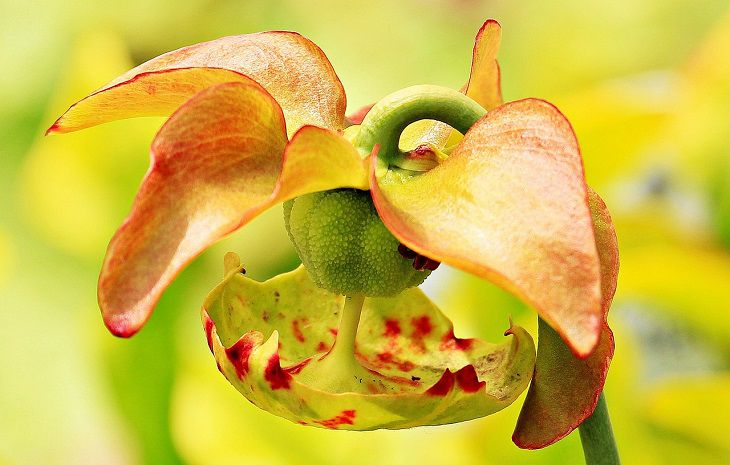You can always grow the most popular and resilient plants, or you can choose different path and grow rare and endangered species.
While sometimes it might be way harder to make them thrive, it's also quite beneficial in more than one way.
Here are a few reasons why you should try growing some rare plant varieties in your garden.
Biodiversity Conservation
Rare and unique plants often represent a vital part of our planet's biodiversity.
By cultivating and preserving these plants, we contribute to the conservation of diverse plant species.

Biodiversity plays a crucial role in maintaining ecosystem health, resilience, and stability.
Protecting rare and unique plants helps safeguard the genetic diversity necessary for the long-term survival of ecosystems and the species within them.
Environmental Adaptability
Rare and unique plants often possess special adaptations to specific environmental conditions.
Growing these plants can provide opportunities to study their unique characteristics and learn from their adaptations.
This knowledge can be applied to improve agricultural practices, develop resilient crops, and address environmental challenges such as climate change.
Contribution to Horticulture
Growing rare and unique plants contributes to the diversity and richness of horticulture.
It expands the range of available plants for enthusiasts, gardeners, and botanical gardens.
These plants can inspire new breeding programs, leading to the development of novel varieties and hybrids.
Preservation of Cultural and Historical Heritage
Some rare and unique plants have cultural or historical significance.
Growing and preserving these plants helps maintain traditions, heritage crops, and heirloom varieties.
It allows us to connect with the past, preserving botanical knowledge and traditional uses of plants.
By cultivating rare plants, we ensure that valuable genetic resources and cultural heritage are not lost over time.









